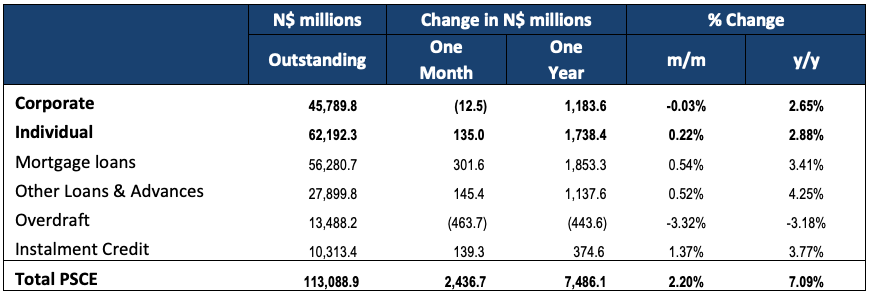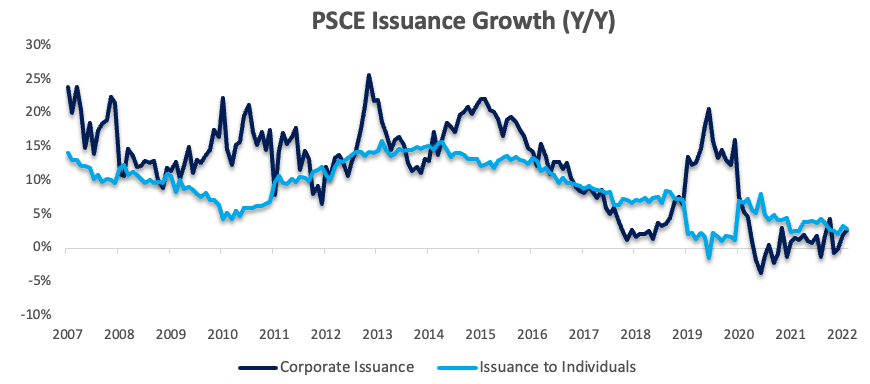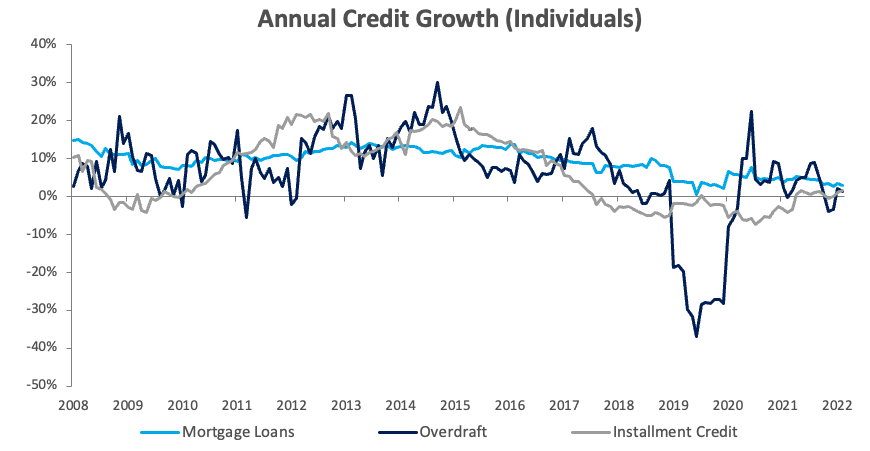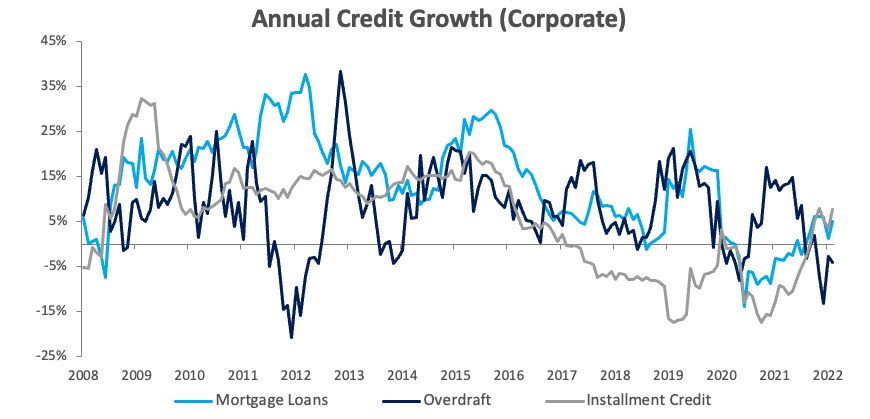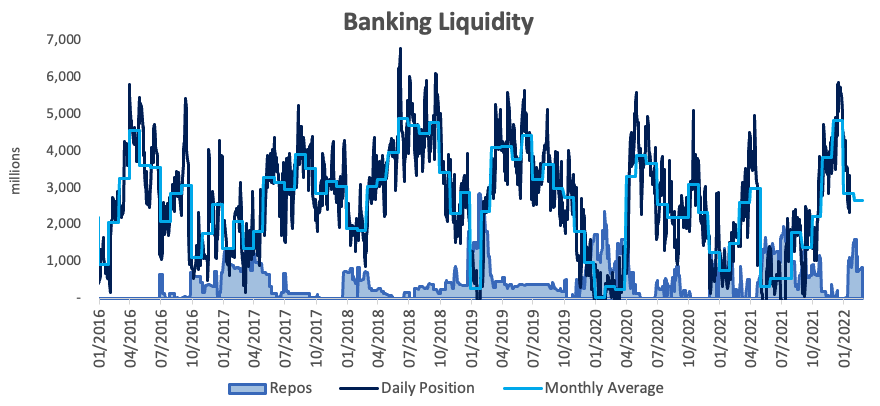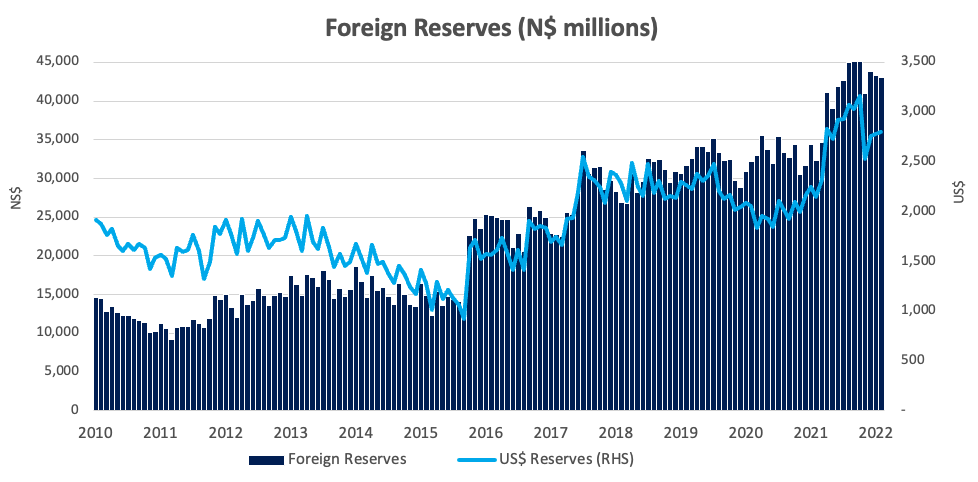
Namibian’s annual inflation rate remained steady at 4.5% in March. Prices in the overall NCPI basket increased by 0.6% m/m. On a year-on-year basis, overall prices in four of the twelve basket categories rose at a quicker rate in March than in February, with five categories recording slower rates of inflation and three categories recorded consistent with the prior month. Prices for goods increased by 5.7% y/y while prices for services increased by 2.9% y/y in March.

Transport was rather unsurprisingly the largest contributor to the annual inflation rate in March, contributing 1.9 percentage points to the total 4.5% y/y inflation rate. Overall prices in this basket item increased by 2.6% m/m and 13.8% y/y. All three sub-categories in this basket item recorded higher inflation on a year-on-year basis. The operation of personal transport equipment sub-category recorded the largest increase in prices of 4.1% m/m and 19.2% y/y, following the Ministry of Mines and Energy’s decision to increase petrol and diesel prices by 120- and 130 cents per litre, respectively, in March. Price of public transportation services rose by 9.8% y/y, marginally quicker than the 9.6% recorded in February, while the purchase of vehicles sub-category recorded inflation of 4.0 % y/y . We expect transport inflation to remain high over the medium term, as global oil supply remains tight amid the Ukraine crisis.

Food & non-alcoholic beverages, the second largest basket item by weighting, contributed 0.9 percentage points to the annual inflation rate in March. Overall, prices in this basket item rose by 0.4% m/m and 4.6% y/y. All thirteen sub-categories recorded price increases on an annual basis. The largest increases were recorded in the prices of oils and fats which rose by 15.6% y/y, followed by the prices of fruits, which increased by 10.0% y/y, and the ‘food’ sub-category which increased by 4.7% y/y.
Prices in the alcohol and tobacco category, the third largest basket item by weighting, increased 4.1% y/y in March. On a monthly basis, prices in the basket item increased by 0.4%, following a 0.8% m/m decrease in February. The prices of alcoholic beverages increased 0.3% m/m and 4.1% y/y while tobacco prices rose by 0.7% m/m and 4.1% y/y.

Namibia’s annual inflation remains above its 12-month average of 4%. While March’s annual inflation rate of 4.5% remained unchanged from last month, the risk of rising inflation is high given the upward pressure expected on fuel and food prices, coupled with the fact that it is unlikely that interest rate hikes by the Bank of Namibia will significantly dampen these inflationary pressures in the near term. Transport and food remain the primary drivers of Namibian’s inflation, contributing 62% to country’s annual inflation rate in March. IJG’s inflation model currently forecasts inflation to average between 4.4% and 5.1% in 2022 with the upper end of the range more likely to materialise.







